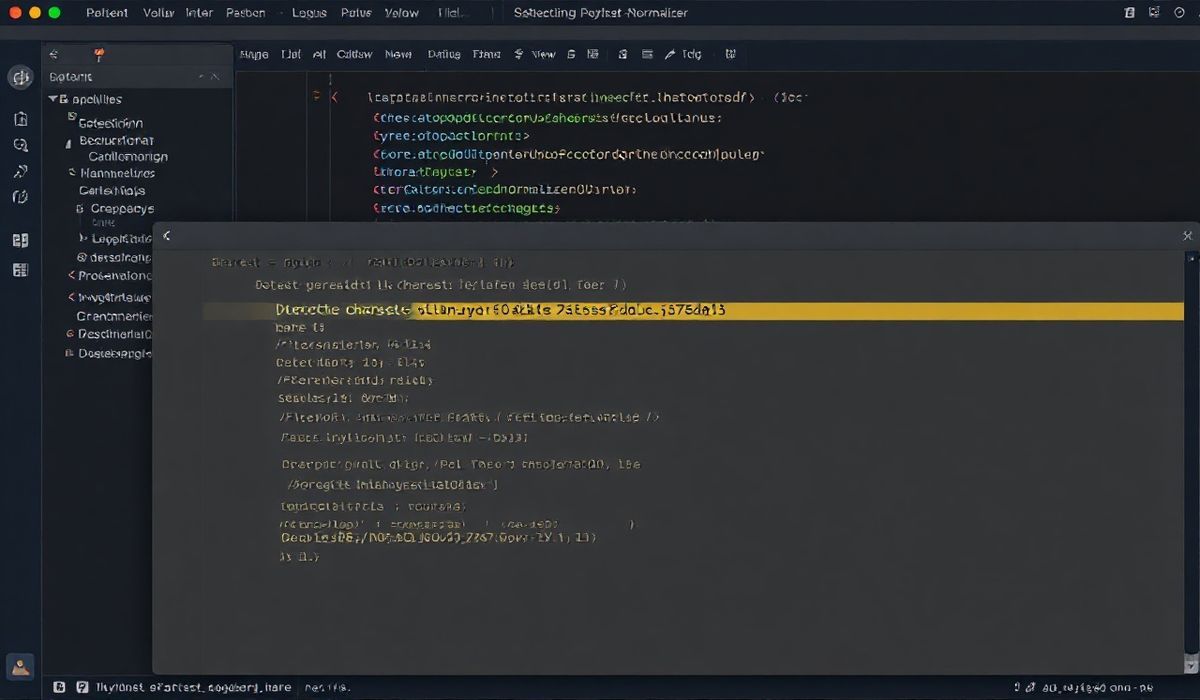Introduction to Sigmund
Sigmund is a powerful Node.js library that provides introspection capabilities and useful APIs to extract details about objects in JavaScript. In this blog post, we will explore the various APIs provided by Sigmund through detailed examples, and we will also develop an application using these APIs to see them in action.
Useful Sigmund API Examples
Extracting Object Information
Sigmund allows you to extract the string description of an object. Here’s how you can do that:
const sigmund = require('sigmund');
const obj = {
name: 'John Doe',
age: 30,
hobbies: ['reading', 'coding', 'hiking']
};
const description = sigmund(obj);
console.log(description); // Output: {name:John Doe,age:30,hobbies:[reading,coding,hiking]}
Handling Cyclic Objects
Sigmund can handle cyclic objects gracefully. Here’s an example:
const sigmund = require('sigmund');
const objA = { name: 'Object A' };
const objB = { name: 'Object B', partner: objA };
objA.partner = objB;
const description = sigmund(objA);
console.log(description); // Output: {name:Object A,partner:{name:Object B,partner:{name:Object A}}}
Customizing the Sigmund Output
You can customize the output by changing the depth limit for object inspection:
const sigmund = require('sigmund');
const obj = {
level1: {
level2: {
level3: 'deep'
}
}
};
const description = sigmund(obj, 2); // Limits inspection to 2 levels
console.log(description); // Output: {level1:{level2:{}}}
Application Example Using Sigmund APIs
Now, let’s develop a simple application that uses Sigmund to log the description of various objects received in HTTP requests. Our goal is to demonstrate how powerful and flexible Sigmund can be in a real-world scenario.
Setting Up the Application
First, set up a basic Node.js application and install Sigmund:
mkdir sigmund-app cd sigmund-app npm init -y npm install sigmund express
Creating the Main Application File
Create an app.js file and add the following code:
const express = require('express');
const sigmund = require('sigmund');
const app = express();
const port = 3000;
app.use(express.json());
app.post('/log-object', (req, res) => {
const description = sigmund(req.body);
console.log(description);
res.send('Object description logged successfully!');
});
app.listen(port, () => {
console.log(`Server running at http://localhost:${port}/`);
});
Testing the Application
Run your application:
node app.js
Send a POST request to http://localhost:3000/log-object with a JSON body:
curl -X POST http://localhost:3000/log-object -H "Content-Type: application/json" -d '{"user":"John"}'
You should see the object description logged in the server console.
Conclusion
Sigmund is a versatile library for Node.js developers, offering easy introspection of objects and handling complex data structures effortlessly. By following the examples and building an application, we’ve seen how Sigmund can be applied in various scenarios.
Hash: f860451ae532bdc19dc4206f4ae28517061157e95ba5cbb6f5d48c74eaa17b5d




